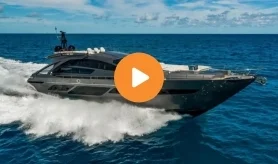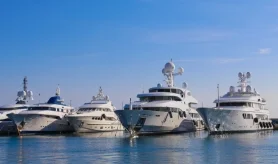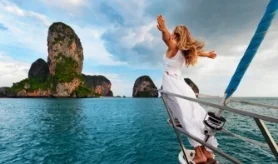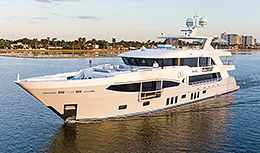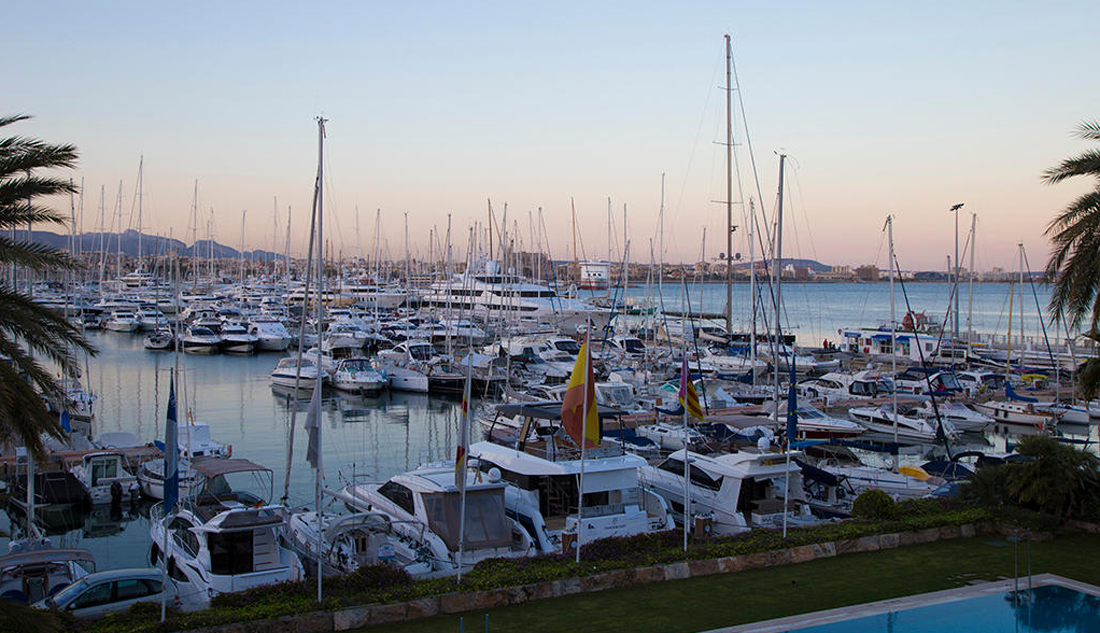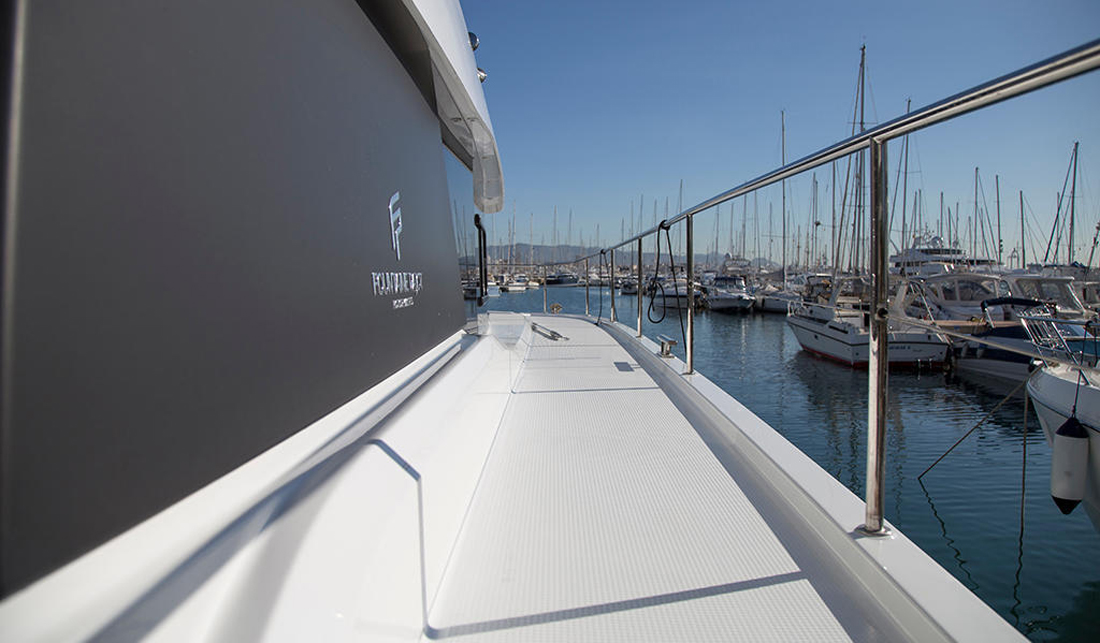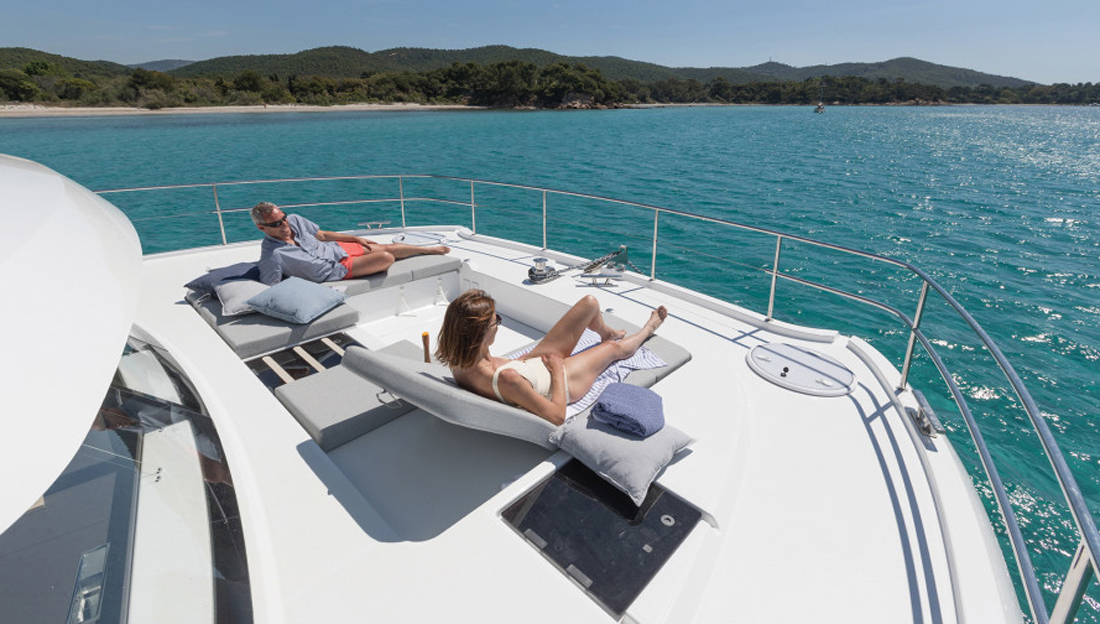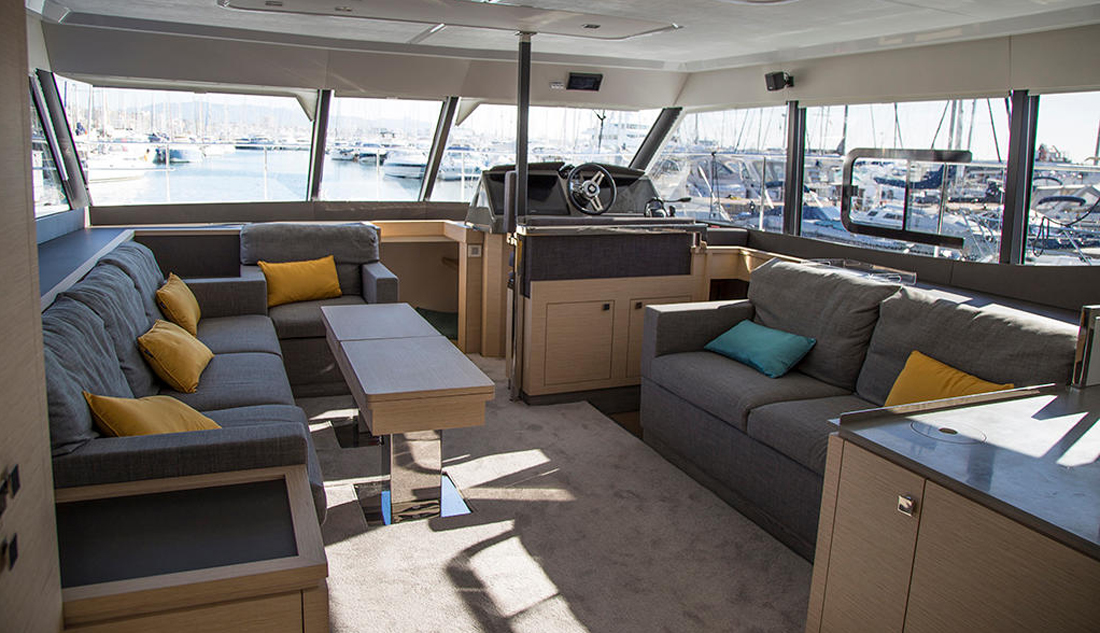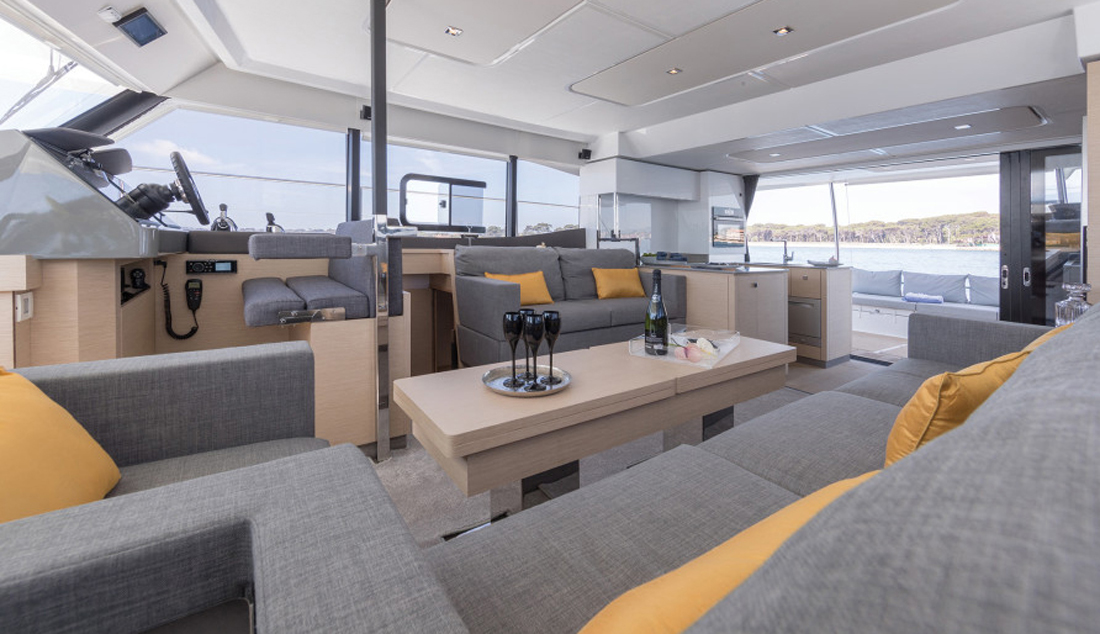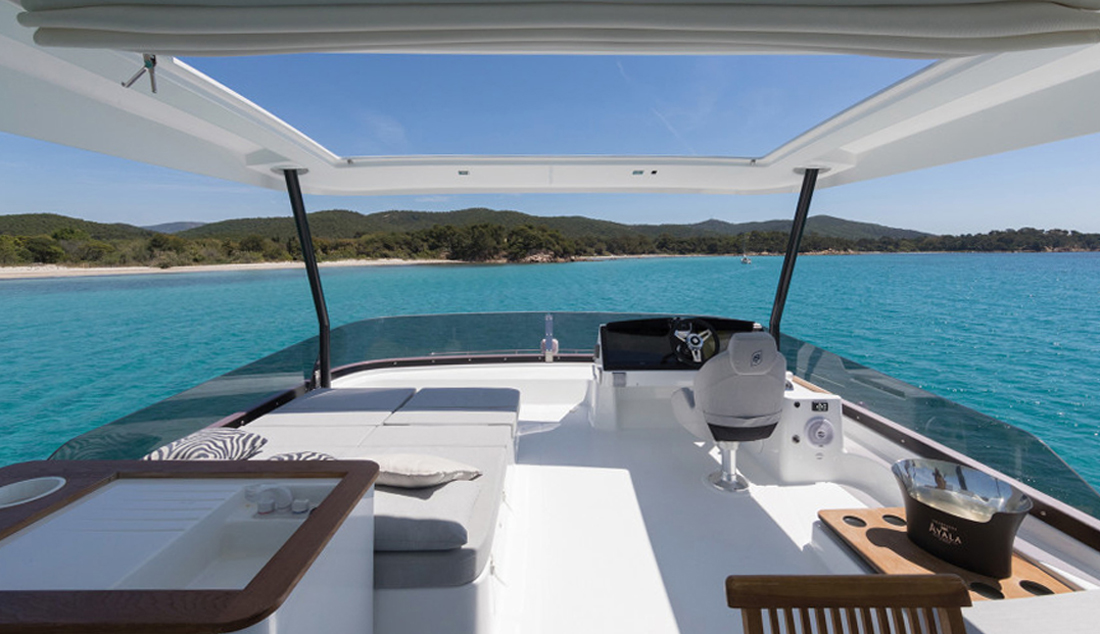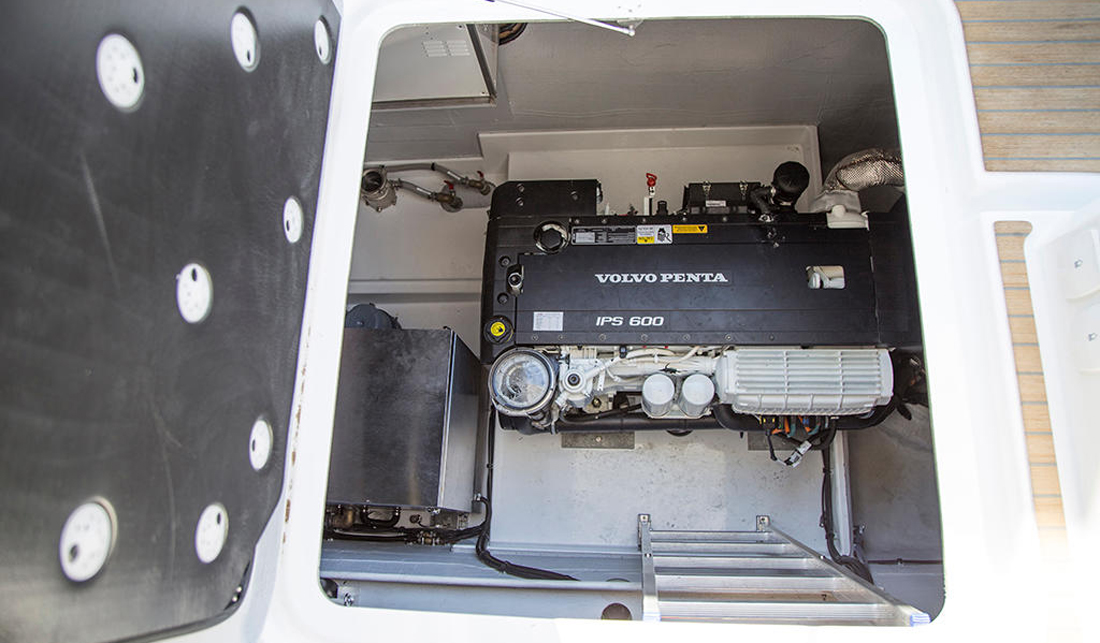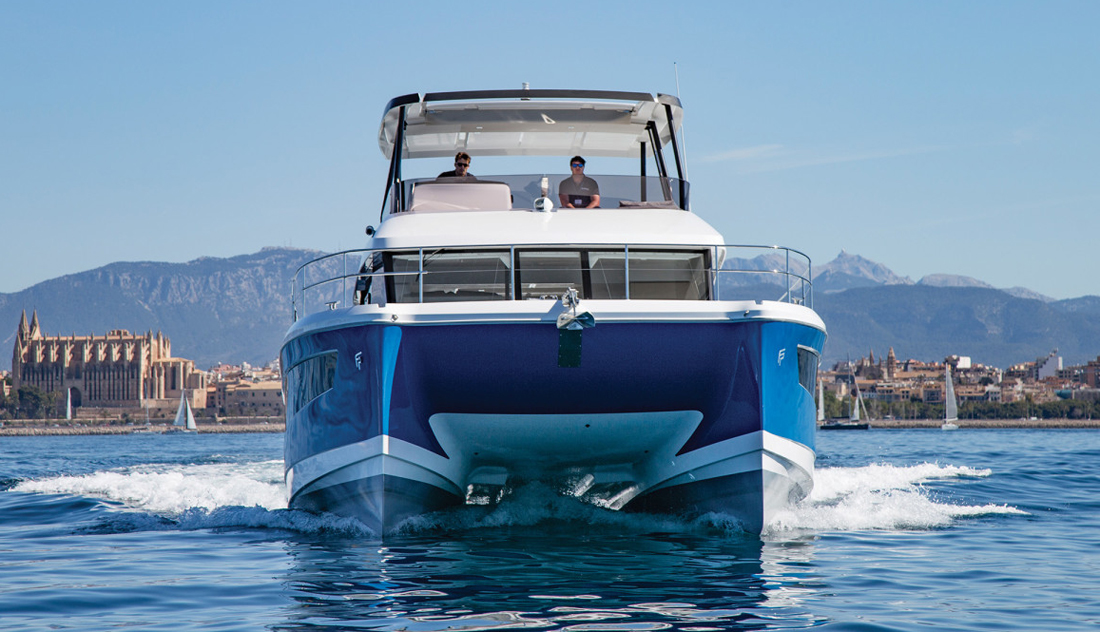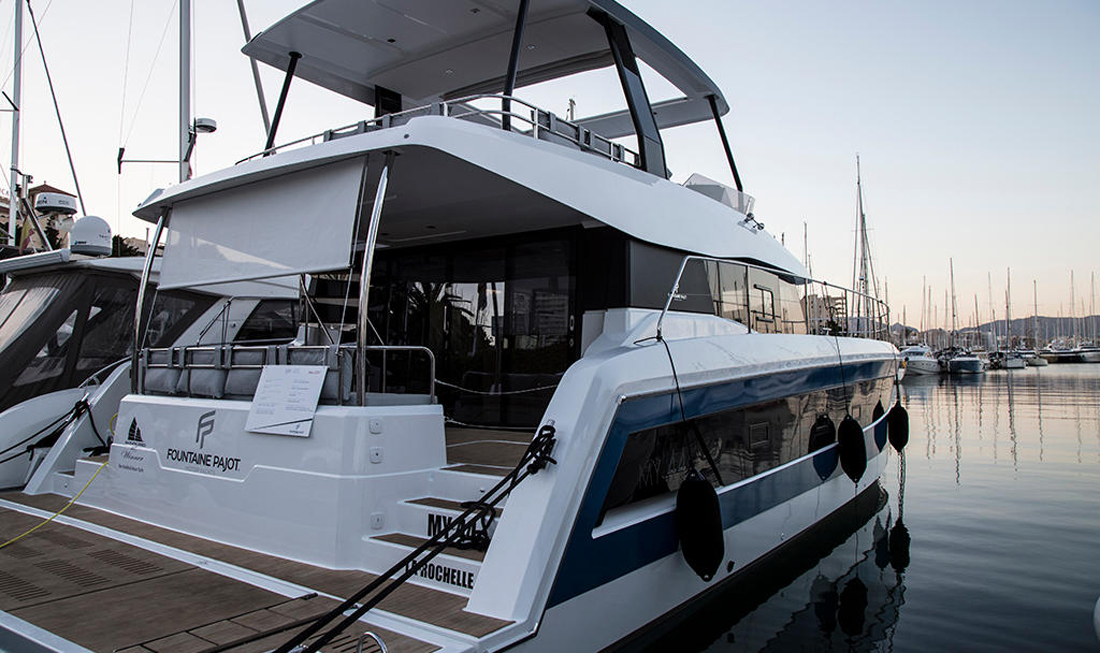- Alaskan Yachts
- Azimut Yachts
- Back Cove Yachts
- Beneteau Yachts
- Benetti Superyachts
- Bertram Yachts
- Boston Whaler
- Broward Yachts
- Buddy Davis Sportfish
- Burger Yachts
- Cabo Yachts
- Catamarans
- Carver Motoryachts
- Center Console
- Chris-Craft Yachts
- Cruisers Yachts
- DeFever Trawlers
- Dufour Sailboats
- Fairline Yachts
- Feadship Yachts
- Ferretti Yachts
- Formula Yachts
- Fountaine Pajot Cats
- Grady-White
- Grand Banks Trawlers
- Hargrave Yachts
- Hatteras Yachts
- Hinckley Picnic Boats
- Horizon Yachts
- Hydra-Sports
- Intrepid Boats
- Jarrett Bay Sportfish
- Jeanneau Yachts
- Kadey-Krogen Trawlers
- Lazzara Yachts
- Lekker Boats
- Luhrs Sportfish
- Marlow Yachts
- Maritimo Yachts
- Marquis Yachts
- Mazu Yachts
- McKinna Motoryachts
- Meridian Yachts
- Midnight Express
- MJM Yachts
- Mochi Craft
- Neptunus Motoryachts
- Nordhavn Trawlers
- Nordic Tugs
- Numarine Yachts
- Ocean Alexander Yachts
- Ocean King
- Offshore Yachts
- Outer Reef
- Oyster Sailing Yachts
- Pacific Mariner Yachts
- Palmer Johnson Yachts
November 20, 2017 11:24 am
The following review of the Fountaine Pajot 44 power catamaran appears in Power & Motoryacht magazine:
Palma de Mallorca is one of the most popular destinations in Spain, attracting the world’s elite and celebrities alike to its shores. It’s also a city of contradictions. Surrounded by some of the most pristine seas the Mediterranean has to offer, from the water it looks every bit like a postcard. Once ashore, you’ll find that as Spain’s tenth largest city, it’s a bustling metropolis filled with interesting juxtapositions.
Here there are centuries-old cathedrals colliding with posh restaurants, weathered old windmills perched on a hillside behind a Hard Rock Café, and ancient architecture sharing the skyline with high-rise apartment buildings. It seems past and present crash into each other at every turn.
Making my way through the bustling city, I notice that one end of the Bay of Palma is filled with hundreds of sailboats, with masts punctuating the clear blue sky. On the other end are enormous med-moored superyachts bobbing in their slips. With a foot in both worlds is the Fountaine Pajot 44 MY I was there to test.
I’d met the power cat with deep-blue hulls before, at her world debut in a convention center at the Düsseldorf boat show. There, resting on the hard, her hullsides appeared expansive; the space between her hulls cavernous. Striking, yes, she often attracted large crowds of onlookers, but she appeared a bit like a fish out of water.
Resting against the bulkhead in Mallorca with the sun glistening off the hulls and water, well, this fish has been returned to the sea.
One of the things that first impressed me in Düsseldorf was the 44’s accommodations. Most cats I’ve been aboard boast some combination of equally sized mirrored staterooms, which makes sense, with so many catamarans serving double duty in a charter fleet. Some private owners may opt for an office or crew’s quarters in one hull corner, but that’s usually where the surprises end.
The 44 MY is different because there’s a full-length owner’s cabin in the port sponson, with an entrance to port of the aft galley. The master berth is athwartships, which makes the most of the space. The head forward of the stateroom is a comfortable size, though the shower is a bit of a tight squeeze.
In the starboard hull, there are indeed two mirrored staterooms, again with athwartships berths. There is a fourth cabin forward in the salon with a double berth, although the company is quick to describe it as a crew’s quarters or a room for the kids. No one’s asking, but I’d gladly take that stateroom. With standing headroom and reading lights, it looks like a cozy spot to hide away with a book.
“We don’t compromise for charter, so we can build a more luxurious boat,” explains Deputy General Manager Romain Motteau as we step from the salon to the cockpit. “Also, no charter company will use IPS; they don’t want clients to be going 25 to 30 knots anyway. This is why we are focused on targeting private owners.”
He has a point. One of the biggest differences between this power cat and others intended for charter is the level of fit and finish throughout. While some cats look as if their staterooms could be hosed down at the end of a week aboard, the 44 is more comparable to modern motoryachts of much larger LOA.
And speaking of more LOA, the impressively bright salon feels like it belongs to a motoryacht in the 60-foot range. And I’m not the only one who thinks so. Of the eight 44s sold between the Düsseldorf show and the time of this writing, most were bought by owners who had come down in size from much larger monohull motoryachts.
The prime social area on the 44 is the flybridge. With plenty of seating around an aft dining area and a large sunpad with fold-up seatbacks, it’s a versatile space in which to soak up the sun and sights.
One area I didn’t get to explore in Düsseldorf because of the frequent onboard tours was the engine room. Walking over to the massive hatches in the cockpit, I leaned over, stuck a finger inside the two small latches and attempted to lift the hatch. It was exceptionally heavy, which is great for sound attenuation, but less so for your fingers. Larger latches would make engine-room access easier.
With the huge hatches—large enough for the engines to be removed from—you can clearly see the Racors and strainers without even descending the ladder. Once down in the space there is stand-up headroom and plenty of room to walk around the Volvo IPS 600s and inspect the tops of the pods.
I was so impressed with the easy access to the engines and generator that I was disappointed to see that the level of finish leaves something to be desired. Exposed fiberglass and marine-grade plywood begs for a fresh coat of white paint—a simple fix, I imagine, should you request it.
When test day arrived, a team of marine journalists from around the world were given allotted times to run the boat. A flood of languages and accents ranging from Italian and Dutch to German and New Yorker hints at the international appeal of the 44. In fact, of the eight boats sold, each is heading to an owner in a different country.
Idling out of the marina into the calm Bay of Palma, I had high expectations for the boat. Because it’s a power cat I anticipated a stable ride. I also anticipated that Fountaine Pajot is going to put a premium on performance with this model; after all, that was the principle behind the brand when sailboat racer Jean-François Fountaine founded the company in 1976.
I wasn’t prepared for the way the pods move the boat. Before this sea trial, I had never tested a power cat with IPS. Because the engines are so far aft in the boat I was curious to know if they’d offer the same bite.
Spooling up the engines, with the rest of the crew relaxing throughout the 44, she easily climbs to 25 knots, with no discernible bow rise when getting on plane (another benefit of the twin hulls). Turns were sharp and smooth. There was little in the way of chop during the test, and the 44 leaves such a small wake that running the boat in circles to try and simulate some sort of sea conditions didn’t work well. Still, you can tell this boat is solidly constructed.
As for those pods, with 20 knots of wind, they admirably moved the boat in any direction desired. The combination of IPS and multihulls is in fact a winning one, with the pods seemingly taking advantage of the leverage afforded by the spacing not available on most monohull installations.
Even so, I learn that the boat is available with optional bow thrusters. Only one owner, an Aussie whose marina frequently sees gale-force winds and a ripping current, opted for them. He was used to relying on thrusters and they gave him peace of mind.
“We designed the hull to accommodate IPS. We wanted the same motion and same [low] sound levels you see on a monohull,” says Motteau. “We’re not rebranding a sailboat with its mast chopped off. It’s a powerboat with two hulls, with all the benefits of a catamaran, like a huge kitchen, flybridge, and the seaworthiness and stability that they’re known for.”
All too soon I had to relinquish the helm to a European compatriot and run for a flight. After packing my bag and pouting that I didn’t get to cruise longer, I walked out to my balcony to see the Fountaine Pajot 44 in the slip below, resting in the shade of the historic city.
She is a driver’s boat, yet she boasts the comfort and styling of today’s motoryachts. Looking down at the power cat, then up to the ancient-meets-modern skyline, I realize that the Fountaine Pajot 44 —much like the city of Mallorca — might just be the combination of heritage and modern comfort that stands the test of time.
For More information about Fountaine Pajot Motor Yachts, contact Austin Ellingsen.
